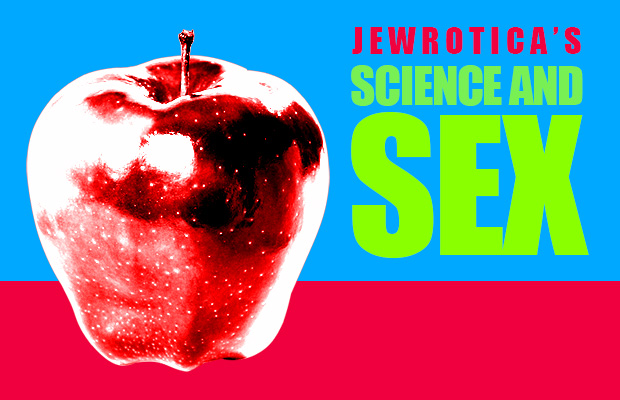The Roman Empire Left an Imprint on Jewish Genes

Written by Joseph Dunsay. After earning a Masters of Science in Ecology and Evolution, Joseph Dunsay became a science writer for international audiences. For more Jewrotica writing by Joseph, check out The Disadvantages of Polygyny Make Couples Choose Monogamy and The Scientific Opinion Regarding Gender Specific Brains is Mixed.

Population geneticists examine the genes of populations to discover large scale patterns. A population is a group of individuals that breed with other members of the group and tend not to breed with individuals outside the group. This preferential breeding creates genetic similarities within the group and keeps members genetically different from individuals outside the group. Although these genetic differences are normally slight, a population geneticist can use them to determine how much interbreeding occurred between two populations. The more two populations interbred in the past, the closer they are genetically in the present.
When reviewing a population genetics study, it’s important to know that the results depend on which genes a researcher chooses to examine. Consequently, different studies will sometimes yield different results and conclusions. Also keep in mind that an individual might not fit the broad pattern seen in his population. With those caveats, it’s time to look at what research says about historic Jewish and gentile communities interbreeding.
A post on Discovery summarized the findings of one population genetics study of modern Jews. Because conversions to Judaism and interfaith relationships with Jews were rare between the fall of Rome and the start of the 20th Century, the study found that Jews formed a dense cluster between gentiles of Europe and the gentiles of Israel on a low resolution genetic diagram.
Zooming in on this cluster, one can see which gentile populations the Jews mixed with the most in their history. The gentiles of Italy and Turkey border the Jews genetically, while gentiles from France, Germany, the UK, Russia, and Scandinavia are more distant. This finding suggests that Jews mixed their DNA a bit with gentiles within the Roman Empire during ancient times but stayed a nation apart when they lived among Slavic and Germanic tribes in more recent centuries.
The genetic pattern within the Jewish people shows traces of the divide between the Roman Empire and the Persian Empire. There is some genetic distance between the cluster of Syrian, Greek, Turkish, Italian, and Ashkenazi Jews, whose ancestors lived in the Roman Empire, and the Jews from Iraq and Iran, whose ancestors lived in the Persian Empire. This result suggests that Jewish communities within the Roman Empire mixed readily with each other but swapped DNA with Jews from the Persian Empire less often.
Another high resolution genetic diagram shows the relationship between gentiles living in Israel and Jews. This image shows the Druze in the center with the Iraqi Jews bordering them above, the Bedouins bordering them to the bottom right, and the Syrian Jews bordering them to the left. The Ashkenazi Jews are farther to the left, halfway between the Druze and the French. The Italian, Greek, and Turkish Jews are between the Ashkenazi Jews and the Syrian Jews. Palestinians on this diagram were a mixed bag. About half the Palestinians were among the Bedouins. The other Palestinians were slightly farther from the Druze than the French were.
Although the centuries since the fall of Rome span many generations, the universalism espoused by Roman can still be seen in Jewish DNA. Genetic data shows that mingling across ethnic divides and geographic distance was relatively common within the Roman Empire. So as you remember the ancient victory against Hellenistic forces this Chanukah, remember that, genetically speaking, the average Jew today is more Roman or Persian than Russian or German.












0 comments